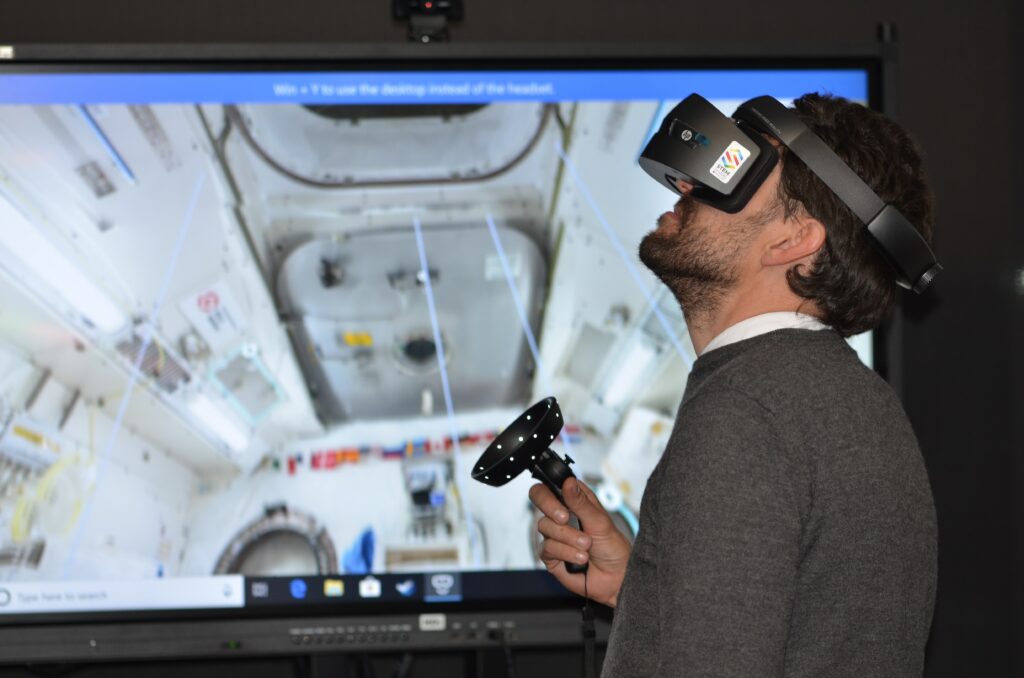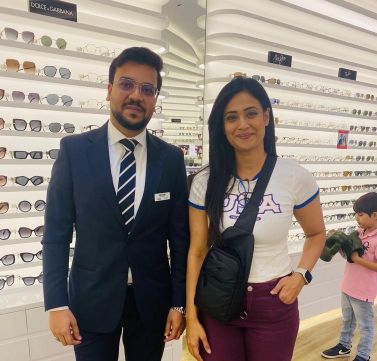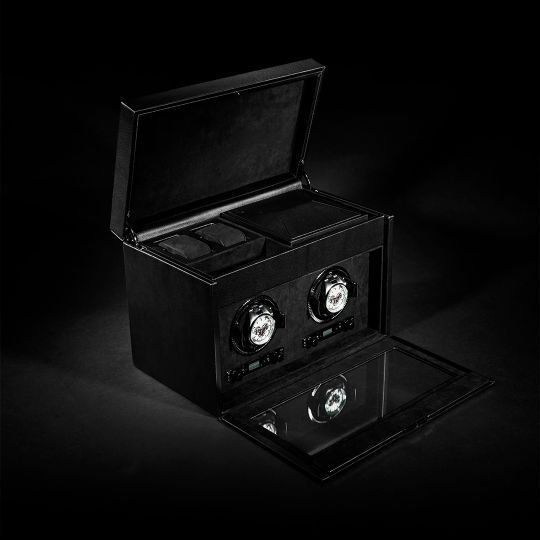The Evolution of Smart Glasses
We heard about smart glasses around 2013 when Google launched its first version of AR-assisted smart glasses, Google Glass. It seemed like AR technology had found the perfect hardware to deliver all manner of experiences to users. Several other products entered the market in the following years, including heavy hitters such as Microsoft and Amazon. Innovations kept coming, but manufacturers were still searching for killer apps to mainstream the technology. Then, in 2017, Google relaunched Google Glass, specifically targeting the enterprise market, and was soon followed by other manufacturers who hoped to make inroads into this industrial space. AR-assisted wearables fit perfectly into Industry 4.0 methodologies, and their impact soon became apparent in various industries, from Healthcare to Logistics.
The technology of smart glasses has evolved a lot since their first iterations over 10 years ago. We will now see what standard models available on the market can offer in terms of features. We will also outline some key differences between standard consumer wearables and smart glasses for industry. As well as explain how this technology differs from VR.
How Does Smart Glass Technology Work?
Smart glasses combine Augmented Reality technology into a wearable device that allows hands-free access to the internet. By allowing the user to access the internet using voice control, they can view and listen to up-to-date information on the spot without interrupting their work.
Superimposing information onto a field of vision is one of the key features of AR-assisted smart glasses, and this is achieved through an optical head-mounted display (OHMD) or embedded wireless glasses with transparent heads-up display (HUD), see-through displays, or augmented reality (AR) overlay.
Devices also include a microphone so users can interact with the glasses through voice commands and haptic feedback for manual operation (usually swiping the side of the glasses). An audio output function allows access to audio content, and a rechargeable battery and a processor with memory to access the internet also come as standard.
AR OR VR - What's The Difference?
The critical difference between VR viewers and smart glasses is that smart glasses work with the existing environment, attempting to add information to help the user navigate it, or otherwise assisting them in what they are doing, much like smartphones. Virtual Reality viewing is more of an immersive experience that seeks to take the user to a different space, either for entertainment or convenience.
For example, VR headsets are used to provide flight simulation experiences for pilots or to give homebuyers a tour of a house that has not yet been constructed. Smart glasses using AR technology have been designed to be small and lightweight, so the user can wear them to perform their usual daily tasks. In contrast, VR headsets are generally quite bulky and aren’t designed to be worn for long periods.
How Are Smart Glasses For The Industry Different From Consumer Versions?
As noted, smart glasses first came to the market as a consumer product but never captured the popular imagination. The consumer market aims to offer a more convenient way of accessing the internet, focusing on tasks such as shopping, navigating space, and making payments. Design is a key consideration for consumer smart glasses, and some of the earlier, more clunky versions may be a key reason their adoption never caught on.
Industrial smart glasses don’t have the same fashion considerations. Still, the hardware needs to be suited to more punishing environments – this means many devices may need to be dustproof and waterproof, have more heavy-duty frames, or be compatible with hard hats.
Safety is also a key consideration for glasses aimed at the industrial market, as users may wear them while operating heavy machinery or performing other dangerous tasks. The visual interruption must be minimum, ensuring that information appears in a way that helps but doesn’t hinder the user.
What Are Some Of The Main Applications Of Wearable Technologies In Industry 4.0?
Industry 4.0 combines new technologies such as AR and the Internet of Things to improve manufacturing processes. Smart glasses can be integrated with AR technologies to assist industrial processes and offer significant benefits such as increased operational productivity and efficiency and improved quality and accountability.
01. Maintenance
With smart glasses integrated with remote support platforms, remote assistance will be made possible. Remote maintenance is faster and more cost-effective as checklists can be easily accessed using smart glasses, and tasks can be performed hands-free. This has the added benefit of improving the safety and standards of these processes.
02. Training
In addition, the technology can be used for training purposes; by using smart glasses to watch videos of the equipment maintenance process in real-time or recording their work for future training purposes.

03. Inspection
Smart glasses can also be used for inspections and audits. The inspector can convert visual data into documents, take photos and videos, and connect with other experts in real-time, all using only voice commands. The expert can then analyze the data and perform quality control using AR-provided digital graphics and visuals. All of which helps to shorten the overall audit periods. It can also be ensured that information is properly processed and recorded for future reference.









 Source -
Source - 




